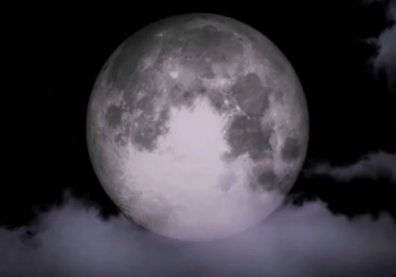"Supermoon" will appear to be the brightest and closest full moon to Earth on November 14, 2016. The moon will be visibly bigger by 15 percent and brighter by 16 percent compared to the ordinary full moon.
According to Space, the "Supermoon" will be the Earth's brightest full moon since it appeared almost 70 years ago in 1948. NASA described the Supermoon as a phenomenon when the moon is at its fullest size and becomes closest to earth. As a result, the moon will appear bigger and its light will be brighter.
The occurrence of the "Supermoon" will be covered by the Slooh Community Observatory at 8 in the evening (EST) on November 13 and at 01:00 GMT on November 14. The NYTimes revealed that the Earth's moon is approximately 238,900 miles away. However on November 13, the moon's distance to earth is estimated to be 221,524.
On Nov. 14, there will be a #Supermoon, closest full moon to Earth since 1948! Learn why we study the moon at 1pm ET https://t.co/bMMXBCwKBI pic.twitter.com/Oh88VoI2Fb
— NASA (@NASA) November 11, 2016
To the skilled skywatchers and stargazers, "Supermoon" watching is a spectacular phenomenon to watch. To the newbies in moon or star gazing, it is worthwhile to heed NASA's advice, use a telescope instead.
On November 14 we’re getting the biggest, brightest full moon until 2034. The moon will be at its perigee and VERY close to earth#Supermoon pic.twitter.com/rnTp0fMsZd — abdul (@Advil) November 10, 2016
The "Supermoon" will be at its nearest point to Earth on Monday at 6.22 in the morning (EST). However, according to space scientists, the moon will appear at its brightest at night on Sunday and Mondays.
It was also revealed that the "Supermoon" in November 13 is one among the three supermoons that will appear this year. Another one is due to appear on December 14. Additionally, the supermoon on November 14 is also called as the Beaver Moon. This was based on the time of year when the first settlers of America would catch beavers before winter.







